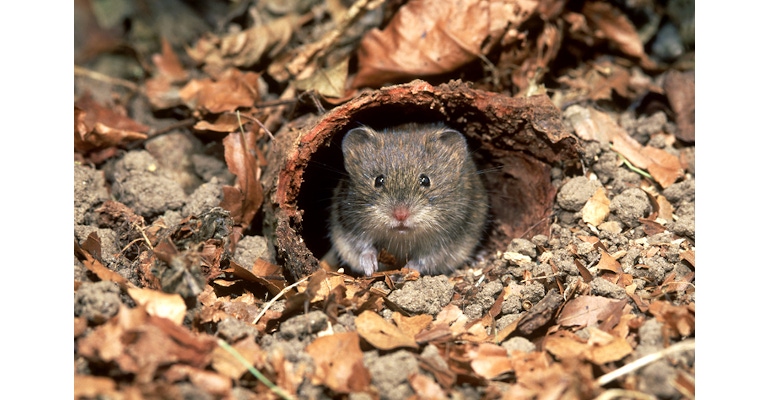New Venture Provides Advanced Animal-Tracking Technology for the Internet of Small Animals
A University of Antwerp spin-off has developed a Bluetooth-powered proximity tracker for small wild creatures such as birds, rodents, & bats for the Internet of Small Animals.
February 16, 2023

By now everyone's heard of the Internet of Things, colloquially known as the IoT, in which myriad devices use wireless communications technology not only to connect to one another but also to the Internet. Now researchers at the University of Antwerp (UAntwerp) have created a new version of this idea with a spin-off called IoSA, or Internet of Small Animals. They hope that new technology they've developed to monitor the movements of small wild animals such as birds and rodents can help scientists better improve conditions for them as well as the greater ecosystem in which they exist.
"We are hugely passionate about creating even better devices that provide more insights into animal behavior that can help us study, protect, and conserve animals," Lucinda Kirkpatrick, CEO of IoSA, said of the new venture.
IoSA is comprised of engineers of IDlab, an imec research group at UAntwerp, and ecologists of EVECO research group, also of the university. They put their heads together to develop a flagship device—an ultralight and ultra-low power proximity tracker that can take highly accurate measurements so scientists can monitor the behavior and movement of small wild animals such as birds, rodents, bats, and even toads, Kirkpatrick said.
Meeting the Need for the Internet of Small Animals
Technology exists for conservationists and other scientists to track larger wild animals for scientific purposes—typically for special projects aimed at ensuring the longevity of animals, or for preserving the existence of certain animals in a geographic area. However, historically it has been harder to track the habits and activities of smaller animals, knowledge that would be beneficial not only for biodiversity in a region, but also for the health and safety of domestic animals, such as livestock, researchers said.
To meet this need, IoSA's ultralight tracker—which is less bulky or heavy than typical technology of its kind—can provide monitoring of the behavior and movements of smaller wild animals. This, in turn, provides insight into the overall health of a local ecosystem as well as provide an early warning system for local livestock health, researchers said.
![]()
Current and Future Technology for Tracking Animals
The first iteration of the tracker is a miniaturized rechargeable proximity logger that weighs 0.9 grams and can be used as a contact tracer for smaller animals such as birds and mice, Kirkpatrick said. Researchers use an app on a smartphone as the control panel for the tracker, from which they can set up and label it, adjust its tracking resolution, perform firmware updates, and view collected data.
This initial technology is merely the beginning, however, as IoSA is committed to creating larger and more sophisticated trackers that weigh no more than 5 percent of the body weight of the animals being monitored, she said.
The company also is in the process of finalizing the first prototype of a cloud platform that can be used to monitor animals remotely and in real-time, researchers said. Those using the trackers can perform firmware-updates, get notifications on important events, and manage tracking devices via the platform once it's up and running.
Future technology from IoSA also will help provide new and valuable insights to researchers, wildlife and conservation organizations, zoos, and farmers on how animals interact and move for continued conservation and ecology-related work, Kirkpatrick said.
About the Author(s)
You May Also Like



